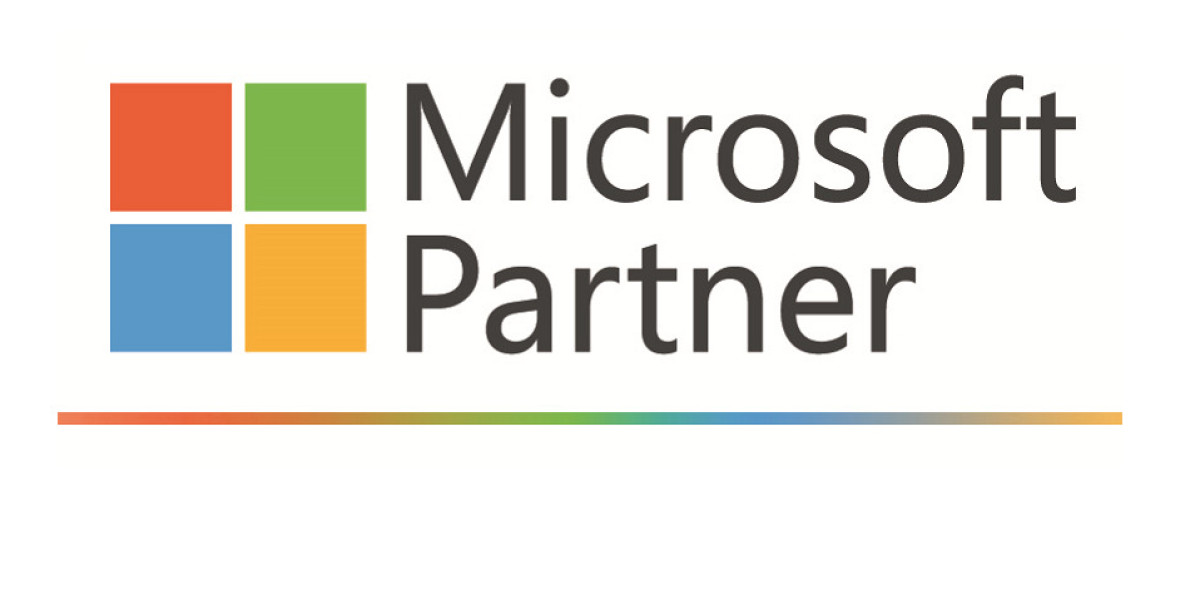Windows 10, released by Microsoft in July 2015, has fundamentally transformed the way we interact with computers. Designed to unify and enhance the user experience across various devices, Windows 10 has become a cornerstone of modern computing. This article delves into the evolution, key features, impact, and future of Windows 10, highlighting its significance in the tech landscape.
Evolution and Development
Windows 10 emerged as a response to the mixed reception of Windows 8, which, despite its innovative touch-centric interface, alienated many users accustomed to the traditional Windows desktop environment. Microsoft aimed to create an operating system that combined the best elements of Windows 7 and Windows 8, resulting in Windows 10. This OS was designed to provide a seamless experience across desktops, laptops, tablets, and smartphones, marking a significant shift in Microsoft's approach to operating systems.
Key Features of Windows 10
The Return of the Start Menu
One of the most lauded features of Windows 10 is the return of the Start Menu. This feature blends the classic Start Menu from Windows 7 with the interactive Live Tiles introduced in Windows 8, offering a customizable and dynamic interface. Users can access their favorite applications quickly while receiving real-time updates from Live Tiles, providing both familiarity and innovation.
Cortana: The Virtual Assistant
Windows 10 introduced Cortana, a virtual assistant designed to help users manage tasks, search the web, and control system settings through voice commands. Integrated deeply into the OS, Cortana learns from user behavior, offering personalized assistance and enhancing productivity. Whether setting reminders, sending emails, or finding information, Cortana represents a significant advancement in user interaction.
Microsoft Edge: A Modern Browser
Replacing Internet Explorer, Microsoft Edge debuted as the default browser in Windows 10. Edge offers improved performance, enhanced security, and modern features like reading mode, web note-taking, and integration with Cortana. With a focus on speed and efficiency, Edge has become a robust competitor in the web browser market, providing a seamless browsing experience.
Universal Windows Platform (UWP)
Windows 10 introduced the Universal Windows Platform, enabling developers to create applications that run across all Windows 10 devices, including PCs, tablets, smartphones, and Xbox consoles. This unification simplifies the development process and ensures a consistent user experience, regardless of the device being used. The UWP has been instrumental in building a cohesive ecosystem for Windows 10 users.
Continuum: Flexibility in Use
Continuum is a feature that allows Windows 10 to adapt its interface based on the device in use. For instance, when a tablet is connected to a keyboard, Windows 10 seamlessly switches from tablet mode to desktop mode, optimizing the user experience for the given context. This flexibility is particularly beneficial for 2-in-1 devices, enhancing their versatility and usability.
Enhanced Security
Security is a cornerstone of Windows 10’s design. Features like Windows Hello, which supports biometric authentication (facial recognition and fingerprint scanning), and BitLocker, which provides full disk encryption, offer robust protection against unauthorized access. Regular security updates ensure that Windows 10 remains resilient against emerging threats, providing a secure environment for users.
Windows as a Service
With Windows 10, Microsoft transitioned to a "Windows as a Service" model, delivering continuous updates rather than releasing new versions every few years. This approach ensures that users receive ongoing improvements, new features, and security enhancements without the need for a full system upgrade. The semi-annual updates keep Windows 10 current with technological advancements and evolving user needs.
Impact on Productivity and Enterprise Adoption
Windows 10 has significantly boosted productivity, particularly in enterprise environments. Its compatibility with a wide range of software and hardware, combined with advanced security features, has made it a preferred choice for businesses. Integration with Microsoft Office 365 and cloud services like OneDrive and Azure has further enhanced its appeal, facilitating seamless collaboration and remote work capabilities.
Gaming and Multimedia
For gaming enthusiasts, Windows 10 introduced DirectX 12, which offers substantial improvements in graphics performance and efficiency. Integration with Xbox Live and the ability to stream games from an Xbox console to a Windows 10 PC have enriched the gaming experience. Additionally, features like Game Mode optimize system resources for gaming, ensuring smoother and more responsive gameplay.
Continuous Innovation and Future Prospects
Windows 10's evolution has been marked by continuous innovation, driven by user feedback and technological advancements. Recent updates have introduced features like the Windows Subsystem for Linux (WSL), allowing developers to run a GNU/Linux environment natively on Windows 10. The development of Windows 10X, designed for dual-screen devices, signals Microsoft's ongoing efforts to adapt to new form factors and use cases.
Looking ahead, Windows 10 is expected to further integrate artificial intelligence and machine learning, enhancing user experience and productivity. Microsoft's commitment to innovation ensures that Windows 10 will continue to evolve, meeting the changing needs of users and maintaining its position at the forefront of operating system technology.
Conclusion
Windows 10 has profoundly impacted the digital landscape, offering a blend of user-friendly features, robust security, and continuous updates that keep it at the cutting edge of technology. As Microsoft continues to innovate and adapt to emerging trends, Windows 10 remains a pivotal platform, driving progress and setting new standards for the future of computing.



